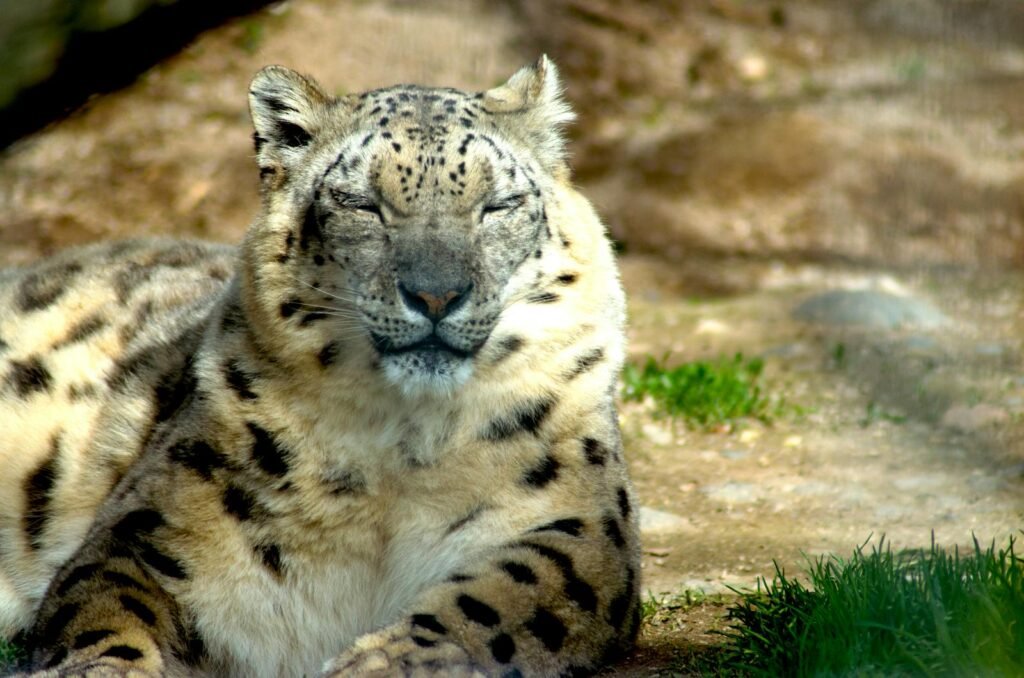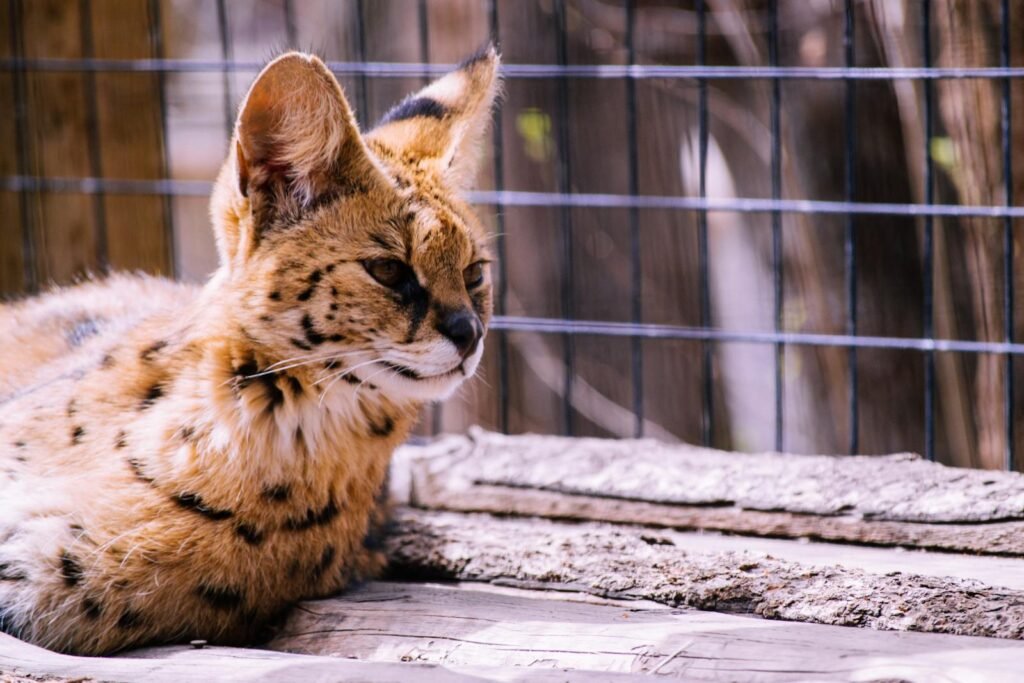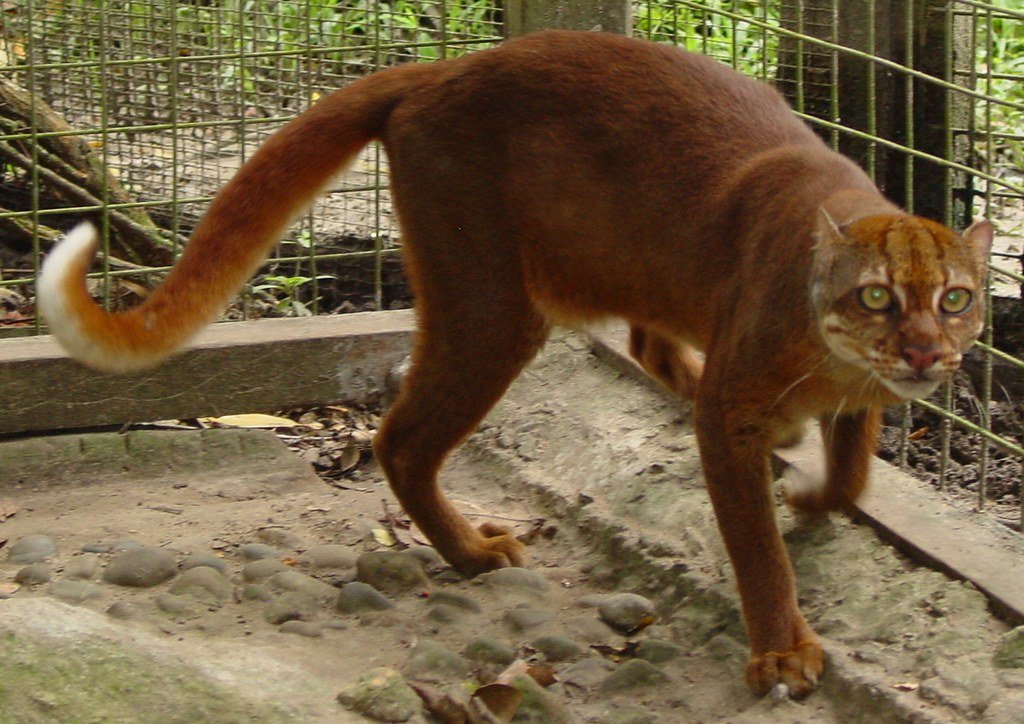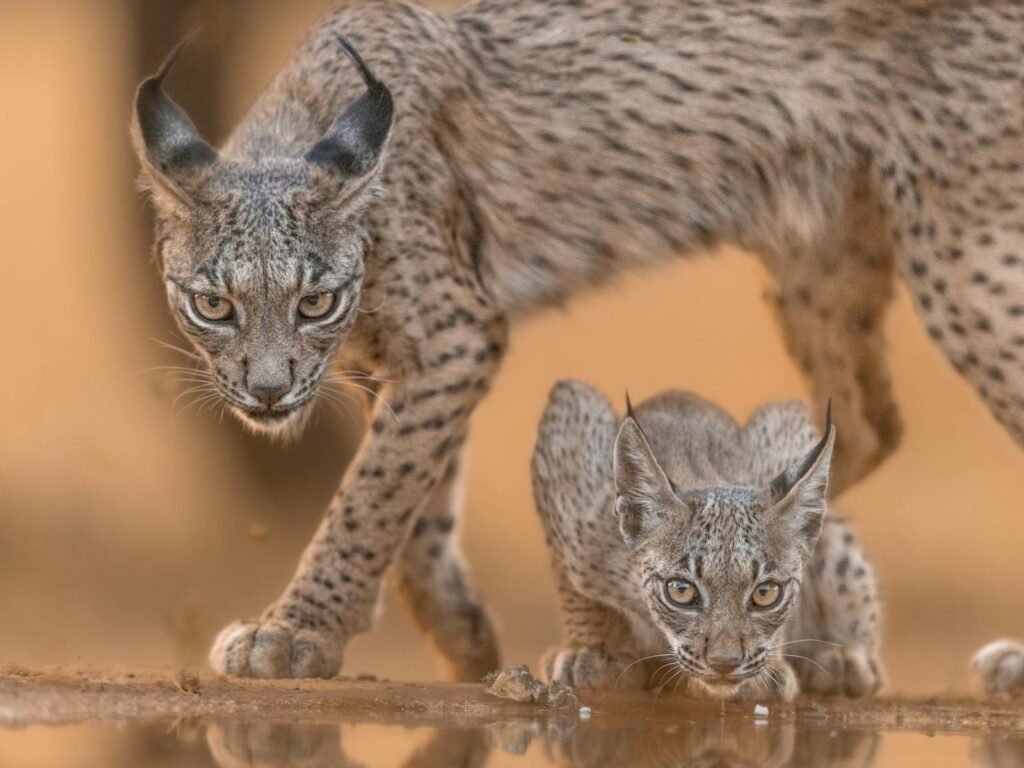Big cats have long captured the human imagination, inspiring awe and reverence across cultures and time. However, while some of these majestic creatures are renowned and widely documented, others remain elusive and difficult to observe. This article delves into the world of these enigmatic predators, exploring their habitats, behaviors, and the challenges of conservation efforts. Whether you’re a wildlife enthusiast or simply curious about these magnificent animals, join us as we uncover the wonders of the most elusive big cats.
Snow Leopard: Ghosts of the Mountains

The snow leopard, often referred to as the “ghost of the mountains,” inhabits the rugged terrains of Central and South Asia. Weighing between 60-120 pounds, these big cats are incredibly adapted to their cold environments, with thick fur and powerful limbs for leaping. Snow leopards are hard to spot due to their shy nature and remote habitats, typically residing at elevations of 9,800 to 14,800 feet. Key regions include the Himalayas, Altai Mountains, and Tibetan Plateau. Conservation efforts are crucial due to threats from poaching and habitat loss, and organizations are working to protect these mysterious cats through community engagement and research.
Amur Leopard: A Jewel of the Taiga

The Amur leopard is one of the world’s rarest and most endangered big cats, inhabiting the temperate forests of the Russian Far East and certain parts of Northeast China. These leopards boast stunning rosetted coats that help them blend into their snow-covered environment. With only about 100 individuals remaining in the wild, they face significant threats from habitat destruction and poaching. Conservation efforts, including habitat restoration and anti-poaching initiatives, are essential to ensure the survival of this elusive species.
Jaguarundi: The Small Mystery Cat

Unlike the more iconic jaguar, the jaguarundi is a small, elusive wild cat found in the dense forests of Central and South America. With a slim body and short legs, this cat resembles more of an otter than a typical big cat, which is part of its mystery. They are primarily solitary and secretive, making them a challenge to study. Protected reserves in places like the Amazon rainforest and Brazilian savannas are essential for preserving their habitats amidst threats like deforestation.
Clouded Leopard: The Arboreal Stealth Hunter

Found in the tropical forests of Southeast Asia, the clouded leopard is renowned for its climbing prowess. These cats have short, powerful legs and a long tail that helps them balance on branches. Their unique cloud-like spots offer excellent camouflage in dappled forest sunlight. Despite their wide range, they are rarely seen, primarily due to their solitary and nocturnal nature. Conservationists focus on preserving large forest tracts and mitigating conflicts with humans to protect these arboreal hunters.
Borneo Bay Cat: An Endangered Enigma

The Borneo bay cat is one of the least known big cats, native exclusively to the island of Borneo. This reddish-brown feline is so elusive that it’s said to be seen less frequently than jungle spirits. Its preference for dense inland rainforests makes it a challenge to spot. Habitat destruction and fragmentation due to palm oil plantations pose significant threats. Sustained conservation actions, including forest management and policy influence, are critical for its survival.
Pallas’s Cat: The Fluffy Phantom of the Steppes

The Pallas’s cat, or manul, is a small wildcat native to Central Asia’s steppes. Its plush, dense fur gives an excessively rounded appearance, perfect for harsh mountainous climates. Due to their extensive camouflage and preference for rocky landscapes, they are incredibly hard to observe in the wild. Preservation of the steppe ecosystems is vital, as these areas are under threat from human encroachment and illegal hunting.
Saola: Not a Cat, But Equally Elusive

While not a big cat, the saola is worth mentioning for its status as one of the world’s most elusive mammals. Discovered in the Annamite Range of Vietnam and Laos, this antelope-like creature is incredibly difficult to observe. Conservationists work tirelessly to protect its dwindling habitat from logging and poaching, hoping to prevent its possible extinction.
Conservation Efforts: The Global Push to Save Big Cats

The survival of these elusive big cats hinges on concerted conservation efforts worldwide. Organizations work tirelessly to combat poaching, preserve natural habitats, and raise public awareness. Community involvement is critical, as local populations are the first line of defense in protecting these species. Initiatives like wildlife corridors, anti-poaching patrols, and ecotourism play pivotal roles in ensuring that these majestic creatures continue to roam free.
In conclusion, understanding the habitats and behaviors of the world’s most elusive big cats helps us appreciate the delicate balance of our planet’s ecosystems. While these majestic animals face numerous threats, ongoing conservation efforts offer hope for their futures. By supporting policies and practices that protect their habitats, we can ensure these beautiful creatures never fade into the shadows of history.

Linnea is a born and bred Swede but spends as much time as possible in Cape Town, South Africa. This is mainly due to Cape Town’s extraordinary scenery, wildlife, and atmosphere (in other words, because Cape Town is heaven on earth.) That being said, Sweden’s majestic forests forever hold a special place in her heart. Linnea spends as much time as she can close to the ocean collecting sea shells or in the park admiring puppies.






